Ngorongoro Conservation Area
highlights
Wildlife
The mineral-rich floor of this spectacular Crater is largely flat, open and covered in nutritious grasses. It attracts large herds of zebra and wildebeest. The plains are also home to herds of buffalo, Thomson’s gazelle, Grant’s gazelle and Topi. Besides the black rhino, there are also scattering of old bull elephants, including some of the biggest tuskers left alive in Africa today. With a large number of herbivores comes the carnivores. The Crater has the densest populations of predators found anywhere in Africa. Currently, there are six prides of distinctively inbred black-maned lions, as well as a small but growing number of cheetah. Leopards hide in the vicinity of the Lerai Forest. Spotted hyena, side-striped and golden jackal are often seen, whilst bat-eared foxes are a rarer sight.
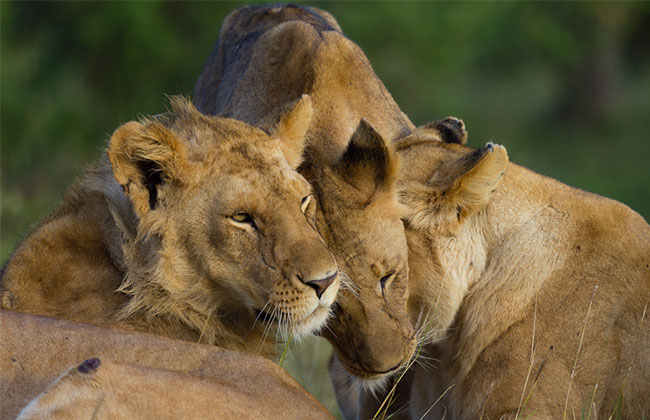
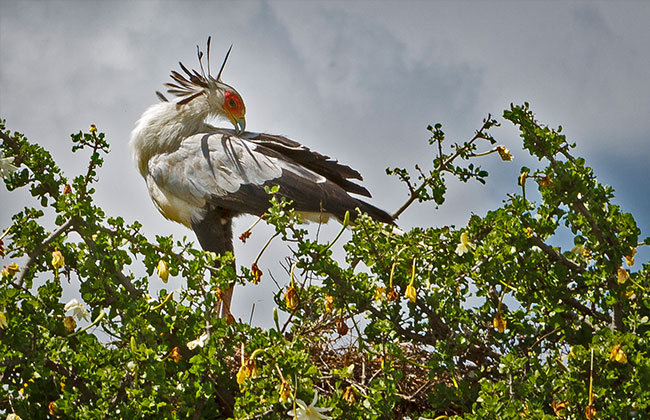
Birdlife
This is a birders paradise with over 500 species of birds inhabiting the crater. Ostriches, kori bustards, hildebrandt’s francolin are frequently spotted across the grasslands. Lake Magadi is a shallow emerald soda lake. Guests may see thousands of migratory lesser flamingo on the salt-encrusted shallows together with hundreds of small, stilt-legged kittlitz’s plover and other wading birds.
Game Drives
Along with the stunning scenery of Ngorongoro Crater, you are highly likely to see large concentrations of game on any Ngorongoro safari.
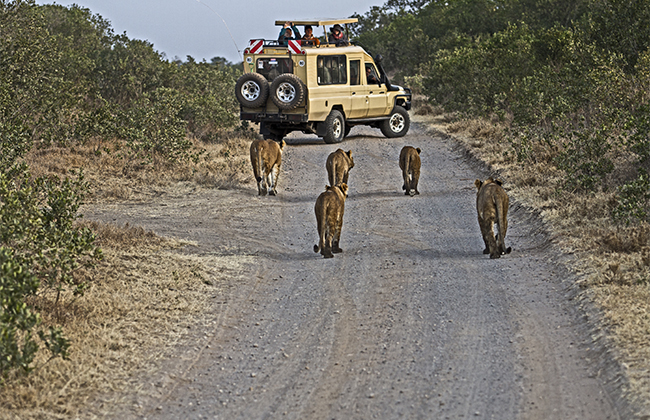
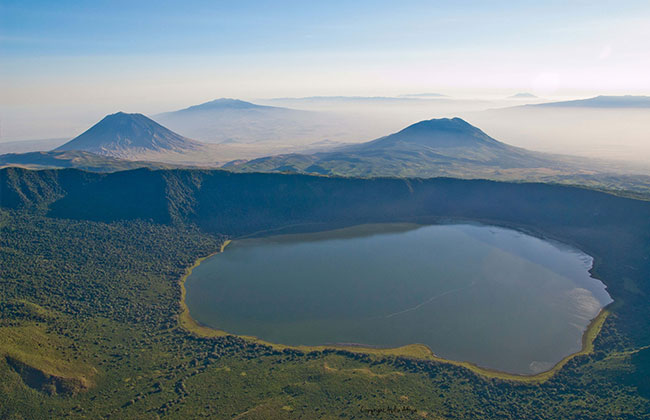
Empakaai Crater
Another crater, lesser known, but equally worth the visit for a day trip. Empakaai Crater, a much smaller crater, is approximately 90 minutes’ drive from the Ngorongoro Crater. It is still within the Ngorongoro Conservation area. A deep soda lake covers about half of the 6km wide caldera where often thousands of flamingos flock, giving it a spectacular pink tinge. You can drive up to the outer rims of the crater, before taking the 45-minute walk down the path through the forested slopes to the crater floor. The views from the rim over the crater to Ol Doinyo Lengai some of the most spectacular in Africa! On very clear days you can even see Mt. Kilimanjaro and Lake Natron.
Olduvai Gorge
The Ngorongoro Conservation Area, besides its rich wildlife, is also an area with the most extensive history of any place on earth. The Olduvai Gorge in Tanzania is one of the most important paleoanthropological sites in the world. It’s here that the earliest evidence of the existence of human ancestors. The discovery of fossils preserved in volcanic rock date back to 3.6 million years. This proves that various Hominid species have lived there for millions of years. Olduvai Gorge is one of the most important prehistoric sites in the world. It has been instrumental in understanding human evolution. Besides the discovery of fossils of some of the extinct animals, there are also hominid fossils. The Laetoli footprints – the most ancient footprints ever found were here. A day trip to the Gorge and the museum is an interesting addition to the safari.
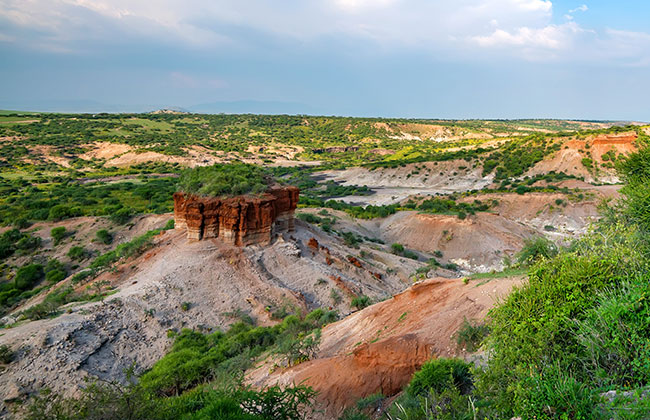
Best time to visit
Wildlife viewing inside the Ngorongoro Crater is superb at all times. However, grass on the crater floor is short in the Dry season (June through September) and this makes animal spotting easier. However, the Ngorongoro crater gets very crowded at this time and the mornings and nights get very cold.
During the Wet season (November to May), the scenery is lush and spectacular and wildlife viewing is excellent.
During the Low season (April and May) the tourists are fewer, and there may be better rates.
Birding is in its prime due to the presence of migratory birds.

